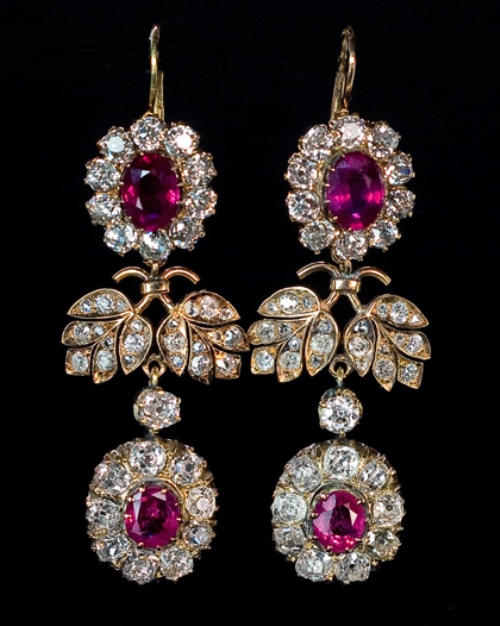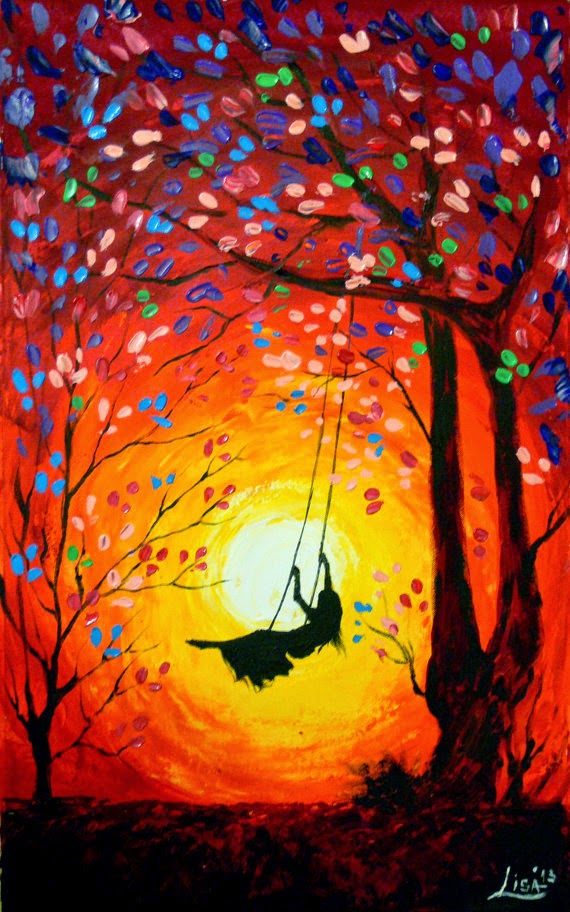Russian jewelry puts a unique focus on precious and semi-precious stones. Gold and silver were used for setting these stones but rarely as the focal point themselves; instead, the stones were paramount. A perfect example is the coronation crown of Catherine the Great. This beautiful piece is made up of five thousand (5,000) diamonds patterned into laurel branches. The crown is continued with two rows of pearls and finally finished with a 400 carat ruby mounted on the top.

The imagery in Russian jewelry, specifically the royal jewels, often mimics natural things. Crowns and tiaras are often styled to look like laurels (an homage to the great Caesar whose name is the root of the title Czar) or wheat. Jewelry could feature small scenes such as bees going to a flower, or simply exotic patterns of flowers made out of jewels.


The other stylistic quality seen in Russian jewelry is the intense pattern work. These patterns are so detailed they often seem like mosaics made out of gems. The pattern work is present in most of the oldest pieces and is believed to be descended from the Byzantine Empire's style of jewelry.



One of the most famous names attached to Russian jewelry is Peter Carl Faberge. Most famous today for Faberge Eggs, in the late 1800s Faberge was the king of the jewelry world. Faberge House created everything from snuff boxes to figurines to jewelry for the royal family and other high profile nobles across Europe. The Eggs, however, are the crown of Faberge's achievements. The Easter Eggs were ordered for the Royal Family for 32 years. These Eggs took a year or more to make and needed many craftsmen for each Egg. Faberge had complete creative freedom with the design of each Egg and the surprises it holds. These Eggs each had some sort of surprise in each design. Some would utilize clockwork to move pieces, others followed the tradition of matryoshka (stacking dolls) by having different things hidden within the eggs. The most expensive of these Eggs was almost 3.5 million American dollars in today's currency. Fifty Eggs were made however only 42 have survived.









